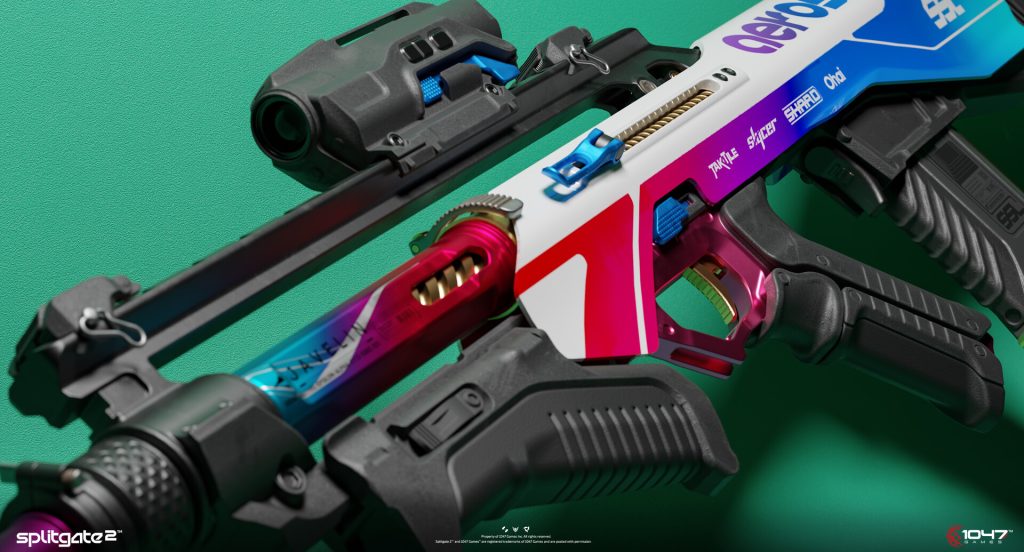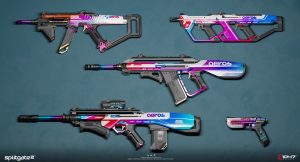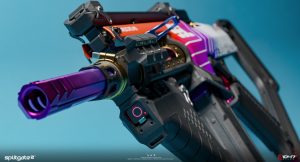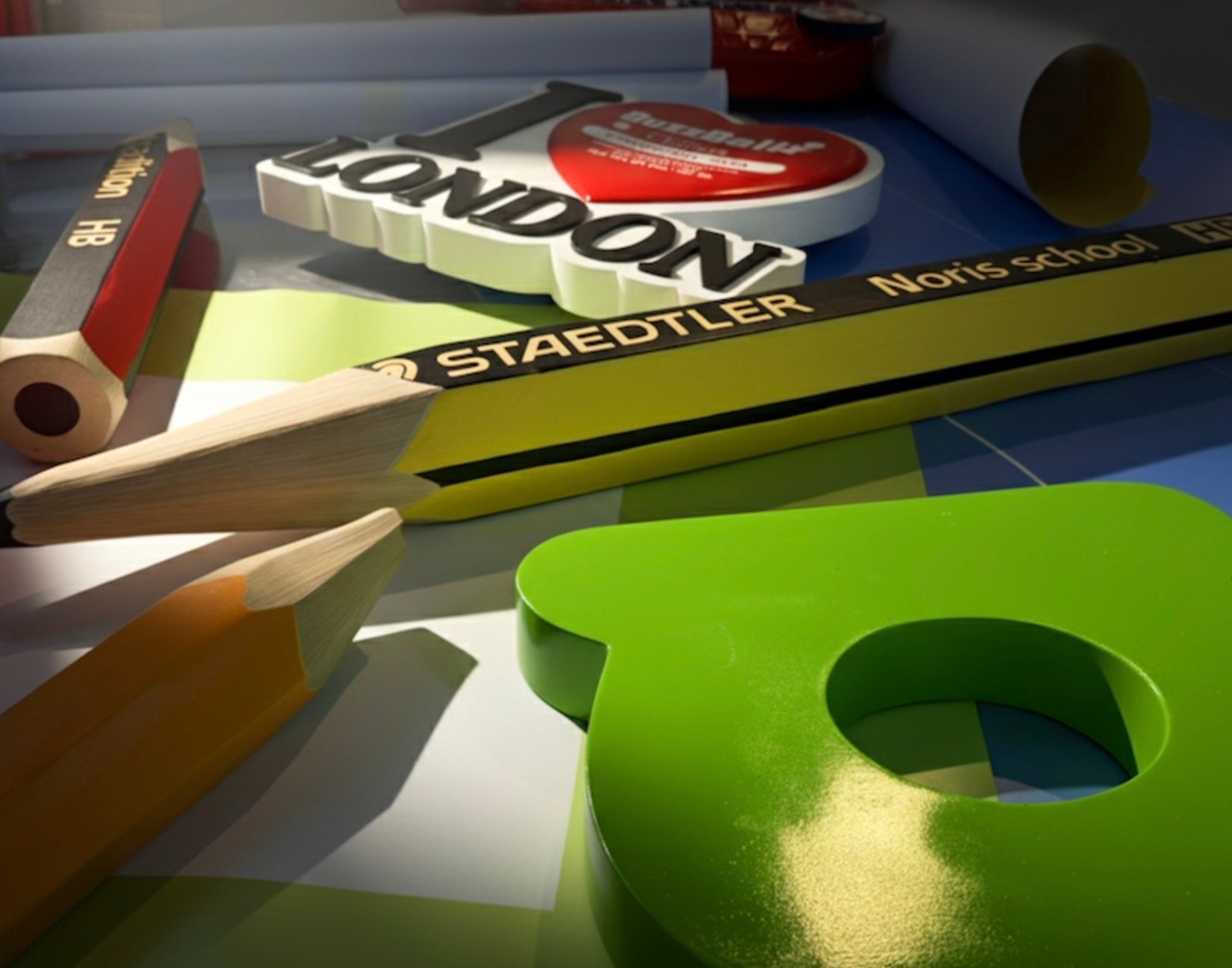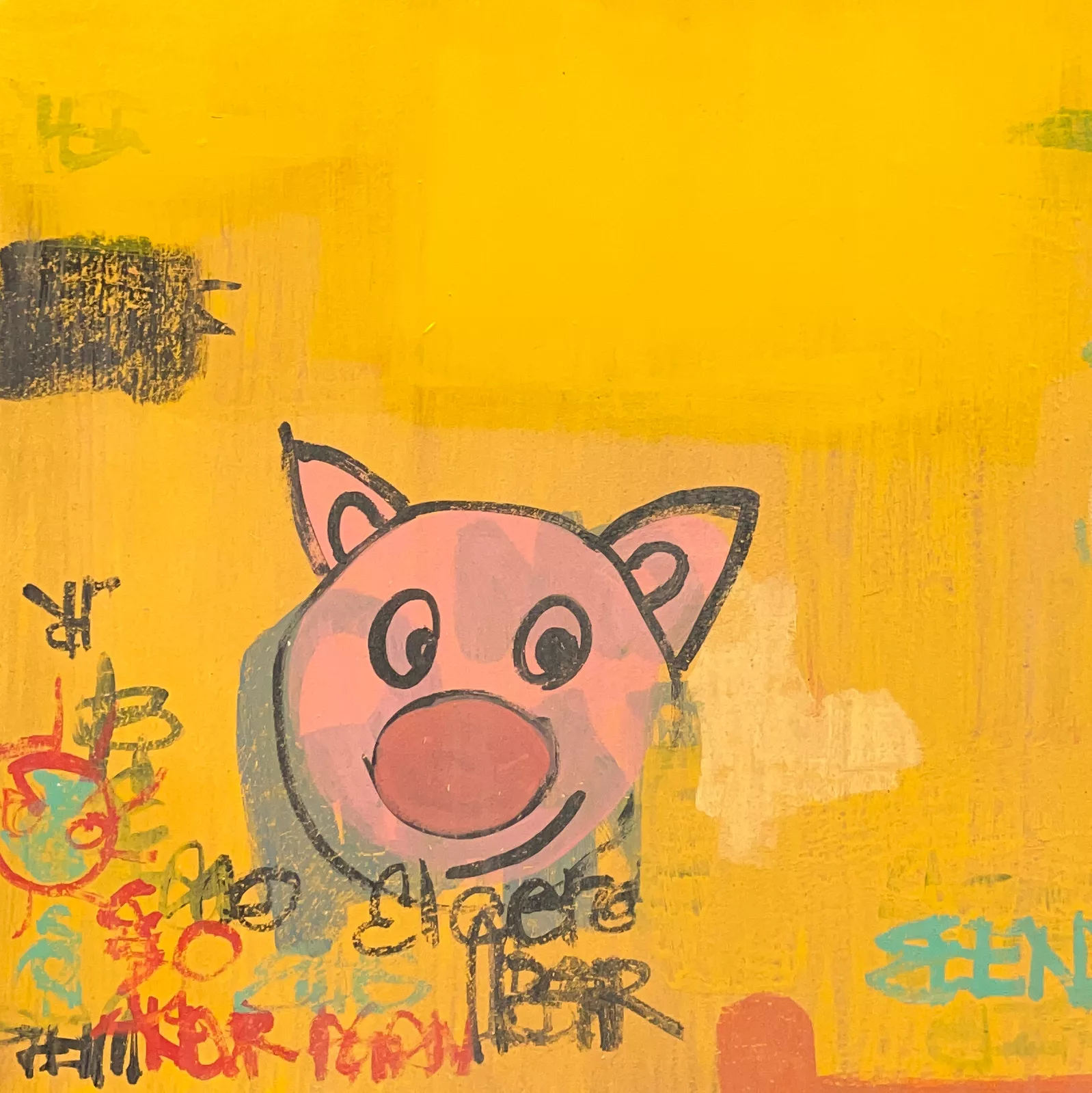In the world of competitive shooters, weapons are more than mere tools. They are extensions of the player’s will, kinetic sculptures that define the flow of combat, and visual signatures that imprint themselves into gaming culture. As Splitgate evolved into its anticipated sequel, Splitgate 2, one faction’s armaments have stood out in the concept art community and among fans: the Aeros faction.
Spearheaded by concept artist Sam White, Aeros weapon designs for Splitgate 2 represent a stunning synthesis of sport aesthetics and high-performance engineering. White’s Part 1 Weapon Concepts series captures a moment where design, storytelling, and function come together to create something genuinely innovative in the crowded landscape of futuristic shooters.
A New Faction, A New Language
Aeros is not just another faction with generic sci-fi guns. Rather, it embodies an ideology — the celebration of velocity, agility, and sleek performance. Drawing inspiration from the streamlined curves of Formula 1 cars and the high-tension frameworks of modern mountain bikes, White set out to reimagine what futuristic firearms could be if designed by those obsessed with speed and dynamic motion.
Unlike traditional military hardware, which often leans on aggressive, blocky geometries meant to evoke brute force, the Aeros arsenal looks almost aerodynamic even when static. Lines sweep gracefully, edges taper like a racing car’s spoiler, and color accents seem to hint at brands you’d find on the starting grid at Monaco rather than a battlefield.
The SMG: The Spark That Ignited the Arsenal
In design journeys, there’s often a keystone piece — one concept that unlocks the visual language for an entire collection. For Aeros, it was the SMG.
White describes the SMG as the “catalyst” for Aeros. Once he nailed the form factor and design sensibility for this piece, it provided a blueprint for the rest of the faction’s weaponry. The SMG is lean, aggressive, and somehow inviting. You can almost hear the mechanical “clicks” and “whirs” it might make, like the chain of a high-end bike shifting gears under tension.
The handle integrates an ergonomic wrap similar to a carbon fiber bike grip, with fine, almost textile-like texture variations that suggest enhanced tactile feedback for the user. Vents and ridges suggest heat dissipation and mechanical refinement — subtle but effective storytelling cues that signal performance and reliability.
F1 and Mountain Bikes: The Unexpected Muse
The idea of merging motorsport aesthetics with weaponry might initially sound unconventional, but it makes profound sense when unpacked. Formula 1 represents the peak of engineering prowess and design efficiency, where every surface, bolt, and contour serves a function. There’s no excess; every detail is considered for aerodynamics and speed.
Mountain bikes, on the other hand, represent a different yet complementary kind of performance engineering — the balance between durability and weight, agility and strength. In high-end mountain bike design, one often finds a kind of raw honesty: exposed carbon fiber weaves, tension cables, precision-machined suspension forks.
By merging these two influences, White and the art direction team, led by Vincenzo Spina, have created firearms that feel plausible within the Splitgate 2 universe. They’re not just guns; they’re precision instruments crafted for warriors who value finesse over brute force.
Material Language and Surface Detailing
In the weapon concepts, there’s a clear emphasis on material storytelling. Rather than flat, uniform surfaces common in many sci-fi shooters, the Aeros weapons employ layered, multi-finish surfaces. Matte sections transition into glossy panels, subtly evoking the aerodynamic panels of a Formula 1 car.
Under close inspection, one might notice micro-ventilation slots, honeycomb structures for weight reduction, or sculptural cutouts that appear to serve as heat vents or balance stabilizers. These details aren’t merely decorative; they reinforce the narrative that each weapon was designed for peak human-machine synergy.
Color accents — neon blues, high-contrast reds, and bright oranges — appear like sponsorship decals on a race car, giving each piece a visual identity that is both aggressive and coltish.
The 3D Revolution: Fusion360 and Plasticity
A defining characteristic of this project is the reliance on 3D tools: Fusion360 and Plasticity. Both programs are celebrated for their ability to handle complex, high-precision surfaces and allow for iterative sculpting that feels closer to industrial design than traditional digital sculpting.
For White, this approach opened the doors to a new level of fidelity. By working directly in 3D, he could explore real-world engineering constraints and possibilities, ensuring that each line, curve, and detail had a logical function.
Weapons designed this way don’t just look real — they feel real, inviting viewers to imagine their assembly process, maintenance routines, and the satisfying mechanical feedback they would provide in combat scenarios.
Art Direction and the Vision of Vincenzo Spina
While Sam White’s technical mastery and design vision were vital, the guiding hand of Vincenzo Spina as Art Director was equally crucial. Spina helped shape a cohesive visual identity for the Aeros faction that stayed true to Splitgate’s core aesthetic while also pushing it into new, unexpected territory.
Art direction is often an invisible force, but here it emerges clearly through the disciplined consistency of form language and color palette. Every Aeros weapon feels like it belongs to the same “family,” sharing DNA even as they fulfill different tactical roles.
Pushing Beyond Conventional Sci-Fi Tropes
Many futuristic shooters lean heavily on a few well-worn tropes: oversized barrels, heavy armor plating, and excessive greebling meant to suggest “future tech.” The Aeros arsenal stands in direct opposition to this. Instead of clunky overcompensation, these weapons embody restraint and precision.
It’s a shift toward an almost Apple-like design philosophy in gaming: minimalism with a purpose, curves that communicate rather than merely decorate, and a focus on tactile feedback as much as visual impact.
This approach resonates deeply with a new generation of players raised on a mixture of gaming and real-world tech aesthetics — fans who appreciate their PlayStation DualSense controllers for their haptic nuances and who admire electric vehicle design for its seamless lines.
Beyond Form: Function as a Storytelling Device
Weapons in games aren’t merely about dealing damage; they communicate the faction’s ethos and personality. The Aeros weapons suggest a faction that values strategy, agility, and precision marksmanship.
By designing firearms that appear light and maneuverable, White implies that Aeros fighters would likely rely on flanking maneuvers, rapid repositioning, and hit-and-run tactics. Every design decision — from the lightweight frame to the compact magazine placements — feeds into this larger narrative.
Impression on Player Experience
In a multiplayer shooter like Splitgate 2, weapon design directly impacts player engagement and emotional connection. When a player chooses an Aeros weapon, they aren’t just picking a stat sheet — they’re adopting a playstyle and a persona.
Holding an Aeros SMG might feel akin to stepping into a Formula 1 cockpit or straddling a custom-built downhill bike. The weapon becomes a symbol of personal expression, something that extends beyond practical utility into the realm of identity.
Anticipation and Community Response
Even before the game’s official release, the concept art for Aeros weapons has ignited intense community speculation and enthusiasm. Forums and social channels are abuzz with discussions dissecting every vent, every curve, every possible function.
Some fans have already begun crafting cosplay props or 3D printing interpretations of these designs. This level of pre-launch engagement underscores the power of thoughtful concept design and how deeply it can resonate when it goes beyond superficial flash.
A Glimpse of the Future: What Comes Next?
The release of Part 1 hints at further explorations to come. Future installments may reveal heavy weapons, specialized sniper rifles, or support-oriented gadgets. If the SMG served as the catalyst, each subsequent weapon will likely refine and expand the Aeros faction’s vocabulary, adding new tactical dimensions to gameplay and deepening the lore.
There’s also a tantalizing possibility that other factions in Splitgate 2 will receive similarly robust conceptual treatments, each pushing the boundaries of design in different directions. This approach could lead to a game world where every weapon tells a story as vivid and compelling as any character arc.
Style
Splitgate 2 – Aeros Weapon Concepts Pt.1 by Sam White is more than a collection of beautifully rendered objects. It represents a bold step in video game design — a fusion of industrial design, motorsport aesthetics, and narrative intention that redefines what weapon concept art can achieve.
By weaving together the philosophies of Formula 1, high-performance cycling, and modern product design, White and his team have crafted a visual language that feels both aspirational and grounded. The Aeros arsenal challenges players and designers alike to rethink the relationships between form, function, and identity within interactive worlds.
As players eagerly await the release of Splitgate 2, these concepts serve as a promise: that the game will not only deliver thrilling portal-based combat but also push the boundaries of visual storytelling and aesthetic immersion.
For now, we’re left to study these stunning designs, imagining the weight of the trigger, the subtle hum of kinetic energy, and the exhilarating rush of tearing across a battlefield with a weapon that feels like it belongs in the pit lane at Silverstone as much as it does in an arena.
No comments yet.

